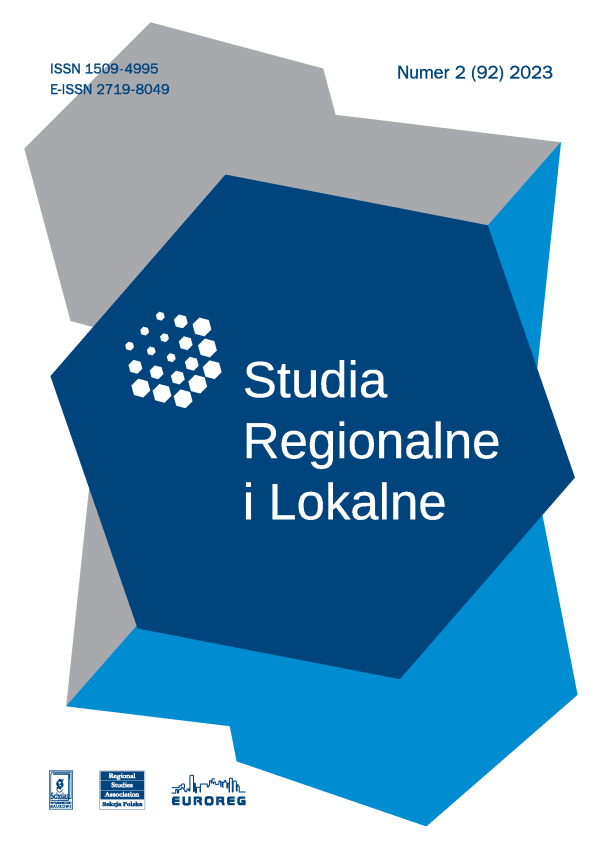Numer:
2(92)/2023
Roman Tesliuk
The Demographic Sustainability of Ukraine: The Historical Retrospective and the Current Challenges
DOI: 10.7366/1509499529203
The Demographic Sustainability of Ukraine: The Historical Retrospective and the Current Challenges
This paper addresses the changes in the demographic development of Ukraine in the last 125 years in quantitative parameters of demographic sustainability: alterations in population size, its gender and age structure, and natural and migration movement. Demographic sustainability is considered to be the capacity of a country’s or a region’s demography to preserve a consistent population size with optimal proportions between its age categories. Eight historical-demographic stages related to specific military-political and socio-economic events are outlined and analysed. Demographic catastrophes and crises in Ukraine were directly related to the aggression of totalitarian regimes. They occurred at the initial stages of demographic transition, so Ukraine was capable of restoring the population size, albeit with deeply disturbed demographic structures. The large-scale Russian invasion of Ukraine increases the risk of the occurrence of a modern demographic catastrophe. Nowadays, the demographic sustainability of Ukraine cannot be achieved autonomously without the positive impact of external factors – the respective governmental demographic and socio-economic policies.
The Demographic Sustainability of Ukraine: The Historical Retrospective and the Current Challenges
This paper addresses the changes in the demographic development of Ukraine in the last 125 years in quantitative parameters of demographic sustainability: alterations in population size, its gender and age structure, and natural and migration movement. Demographic sustainability is considered to be the capacity of a country’s or a region’s demography to preserve a consistent population size with optimal proportions between its age categories. Eight historical-demographic stages related to specific military-political and socio-economic events are outlined and analysed. Demographic catastrophes and crises in Ukraine were directly related to the aggression of totalitarian regimes. They occurred at the initial stages of demographic transition, so Ukraine was capable of restoring the population size, albeit with deeply disturbed demographic structures. The large-scale Russian invasion of Ukraine increases the risk of the occurrence of a modern demographic catastrophe. Nowadays, the demographic sustainability of Ukraine cannot be achieved autonomously without the positive impact of external factors – the respective governmental demographic and socio-economic policies.
Afiliacja:
Roman Tesliuk: National Museum of Holodomor Genocide, Holodomor Research Institute, Department of the Holodomor Genocide Socio-Demographic and Legal Aspects Research; Lavrska St., 3, Kyiv 01015, Ukraine; ORCID: 0000-0003-4562-1663;
r.teslyuk@gmail.com 


